If you are browsing for the perfect blog to understand significant shipping ports in the United Kingdom, you have landed on the right page! As an island nation with a deep-rooted maritime legacy, the United Kingdom is crucial in global trade. With its prime geographical positioning, the UK hosts some of the world’s busiest and most essential shipping ports.
In this blog, you’ll explore the significant shipping ports across the UK, exploring their historical significance and pivotal role in today’s global trade. By the end, you’ll have a solid grasp of how these ports function, the economic benefits they bring, and what makes each distinct.
Let’s get right into our topic with the Port of Felixstowe!
Port of Felixstowe
Location: Suffolk, East Anglia
The Port of Felixstowe is the first container port in Suffolk, East Anglia. Its strategic location on the East Coast makes it a crucial gateway for trade between the UK and continental Europe. However, Felixstowe is more than a busy port; it’s a cornerstone of the UK’s maritime industry.
Importance
Felixstowe is the powerhouse driving the UK’s container shipping industry, handling nearly 4 million Twenty-foot Equivalent Units (TEUs) annually. The port’s capacity to manage such a high volume of cargo makes it a vital link in the global supply chain. From electronics to clothing and food, if it arrives in the UK by sea, there’s a strong likelihood it’s coming through Felixstowe.
History and Ownership
Felixstowe’s history is rich with innovation. Established in the late 19th century, it quickly became the UK’s first purpose-built container handling port. Today, it’s owned by Hutchison Ports UK, part of the global conglomerate CK Hutchison Holdings. This ownership structure brings significant expertise and investment, keeping Felixstowe at the forefront of port technology and logistics.
Facilities
Felixstowe has facilities designed to accommodate the world’s largest container ships. With its deep-water berths and state-of-the-art container handling equipment, the port can efficiently manage even the most demanding shipping schedules. Additionally, Felixstowe boasts three rail lines that support intermodal rail freight, simplifying the transportation of goods to and from the port.
Accessibility
One of Felixstowe’s key strengths is its accessibility. It enjoys unparalleled connections to the North West Coast of Continental Europe and is well-linked to the UK’s road and rail networks. This accessibility ensures that goods are transported swiftly and efficiently, reducing delays and lowering business costs.
Recent Developments
Felixstowe isn’t resting on its laurels. Recent improvements include enhancements to its rail connections, enabling the port to handle up to 47 freight trains daily. Additionally, constructing a new deep-water terminal is underway, which will accommodate the next generation of mega-ships, ensuring that Felixstowe remains a competitive force on the global stage.
Wow, the port of Felixstowe is quite impressive! Let’s keep the ship moving to Southampton’s next port, the port of Southampton!
Port of Southampton
Location: South coast of England
Located on the south coast of England, the Port of Southampton is unique in its dual role as both a passenger and cargo port. Its proximity to London and excellent transport links make it an essential hub for the UK economy. Southampton’s dual-purpose function as a passenger and cargo port sets it apart from others in the UK. While it’s widely recognized for handling around 1.7 million passengers annually, it also plays a significant role in the container shipping industry, managing approximately 2 million TEUs annually.
Facilities
The facilities at Southampton are top-tier. The port features a deep-water harbour capable of accommodating the largest container ships, new container terminals, and five multi-storey car parks dedicated to vehicle imports and exports. These facilities ensure Southampton can efficiently manage a broad spectrum of cargo, from containers to cars.
Passenger Traffic
When it comes to passenger traffic, Southampton is unmatched within the UK. The port is a crucial gateway for cruise ships, with over 1.7 million passengers annually. This makes it one of Europe’s busiest cruise ports and a key player in the UK’s tourism sector.
Cargo Handling
On the cargo side, Southampton is a central hub for container shipping, handling around 2 million TEUs annually. The port is also a vital centre for the automotive industry, processing approximately 820,000 cars annually. This makes it a critical component in the supply chain for car manufacturers and dealers across the UK.
Connectivity
Southampton’s robust connectivity is one of its standout features. The port has direct rail and road links, making moving goods to and from the port easy. Its proximity to airports and motorways further enhances its accessibility, ensuring your goods get transported quickly and efficiently.
Recent Investments
Recent investments in Southampton have focused on expanding its infrastructure and capacity. These developments include the construction of new container terminals and the expansion of existing facilities. Such investments ensure Southampton remains competitive in the global shipping industry and can continue handling the increasing cargo volume.
Also Read- Benefits and Types of Export Finance
What a rich history the port of Southampton has! We bet you were enlightened about its facts. Let’s go over the River Thames, where we will learn about the port of London!
Port of London
Location
Stretching along the River Thames and the North Sea, the Port of London is one of the UK’s most historically significant ports. While it may no longer be the world’s largest port, as it once was, it remains an essential part of the UK’s maritime industry.
Historical Significance
The Port of London is a testament to the UK’s rich maritime heritage. At its zenith, it was the largest port, handling vast quantities of goods worldwide. Although it now ranks as the second-largest port in the UK, its historical significance continues to be a source of national pride.
Trade Volume
Despite the shift in size, the Port of London remains a heavy hitter in terms of trade volume, handling approximately 1.5 million TEUs each year. Its strategic location and excellent infrastructure make it a vital hub for importing and exporting goods.
Facilities
The Port of London boasts top-notch facilities, with excellent rail, road, and sea links that ensure goods are transported swiftly and efficiently. The London Gateway terminal, a critical facility within the port, is a state-of-the-art container handling site that plays a crucial role in its operations.
Diverse Handling
One of the Port of London’s key strengths is its ability to handle a diverse array of cargo. The port has the necessary facilities and expertise to manage it all, whether it’s containers, hazardous materials, food, or machinery. This diversity underlines the port’s importance to the UK’s economy.
Future Projections
The Port of London is expected to remain a significant economic force for the UK. Trade volumes are projected to grow, potentially reaching 80 million tons by 2035, ensuring the port remains a critical hub for international trade.
Port of Liverpool
Location
Located in Northwest England, the Port of Liverpool is steeped in history. With over 800 years of maritime service to the UK, this port has been instrumental in shaping the UK’s economy.
Historical Significance
The Port of Liverpool’s history is deeply intertwined with the UK itself. For over 800 years, this port has been a critical player in the nation’s maritime industry, and its significance to the UK economy is substantial. Today, the port is operated by Peel Ports, which is committed to preserving Liverpool’s status as a leading port.
Cargo Handling
The Port of Liverpool is a significant hub in terms of cargo handling, managing around 900,000 TEUs annually. The port is equipped to handle a diverse range of cargo, including agri-bulks, dry bulk, automotive, and energy products. This variety ensures the port remains a vital cog in the UK’s economic machine.
Facilities
The facilities at the Port of Liverpool are state-of-the-art. A recent $400 million investment has resulted in a new shipping terminal accommodating the world’s largest vessels. This investment ensures that Liverpool can continue to compete globally and manage the growing cargo volume.
Connectivity
Another of Liverpool’s strengths is its excellent connectivity. The port offers robust rail services and strong national transportation links, making moving goods to and from the port easy. This connectivity is vital for efficiently managing the distribution of goods across the UK.
Tourist Attraction
Beyond its role as a cargo port, the Port of Liverpool is also a significant tourist attraction. It is home to the ‘Three Graces of Liverpool’—three stunning Edwardian Baroque buildings visitors must see. This blend of commerce and culture makes the Port of Liverpool a unique and essential part of the UK’s maritime sector.
Also Read- International Ship and Port Facility Security Code
It is exciting to see how vital and valuable a port like the Port of London is. But the ship can’t stop, and we must head to the Port of Immingham to continue our learning journey!
Port of Immingham
Common Name: Immingham Docks
Perched on the Humber estuary in Lincolnshire, the Port of Immingham, commonly known as Immingham Docks, is a critical player in the UK’s shipping industry. As the fifth-busiest container port in the country, Immingham plays a pivotal role in the national economy.
Importance
The significance of the Port of Immingham cannot be overstated. With a capacity of 55 million tons annually, it ranks as the UK’s largest port by tonnage. This capacity makes it an indispensable hub for both importing and exporting goods.
Significant Role
Immingham is particularly noted for its role as a significant handler of coal and oil. The port’s facilities are designed to manage bulk cargoes, including these crucial energy resources. This specialization makes Immingham a vital link in the UK’s energy supply chain.
Facilities
Immingham’s facilities are world-class and equipped to handle a wide range of cargo, including containers and Ro-Ro services. Recent expansion and modernization efforts have further enhanced the port’s capabilities, ensuring it remains competitive in the global shipping arena.
Recent Developments
Recent developments at Immingham have been centred on expansion and modernization. These efforts have included building new facilities and upgrading existing infrastructure. These investments ensure that Immingham stays at the forefront of the UK’s shipping industry and continues to handle the growing volume of cargo passing through its gates.
Halt! The cruise has finally ended. We hope that our blog helped you understand the major shipping ports in the United Kingdom. Before wrapping up, let’s sum it all up in the next section.
Conclusion
The major shipping ports in the United Kingdom are far more than points on a map; they are vital arteries of the nation’s economy. From Felixstowe to Immingham, each port plays a distinct role in facilitating international trade and ensuring the UK’s continued prosperity.
These ports are not just relics of the past; they are vibrant, modern facilities that continue to evolve and expand. If you want to import your logistics from India to the USA, we highly recommend visiting Intoglo! Intoglo believes in quality service and maintaining a healthy relationship with our clients! Whether it’s our unique 10-day shipment storage at port or seamless delivery service, Intoglo has raised the bar of freight transportation! Check us out now!
Understanding these significant ports is essential whether you’re deeply involved in the shipping industry or simply curious about the logistics that keep the UK running smoothly. These ports are the lifeblood of the nation’s economy and will continue to play a critical role in the UK’s future.


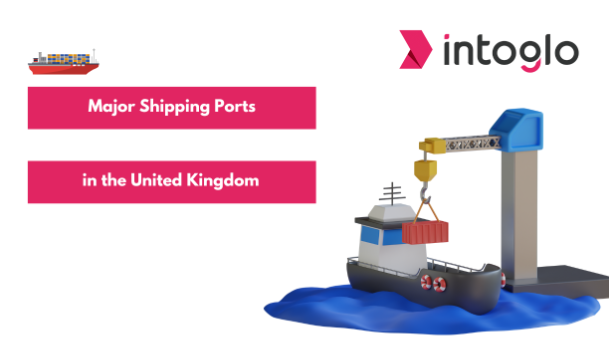
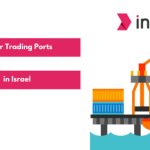
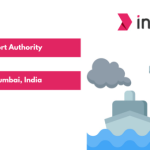
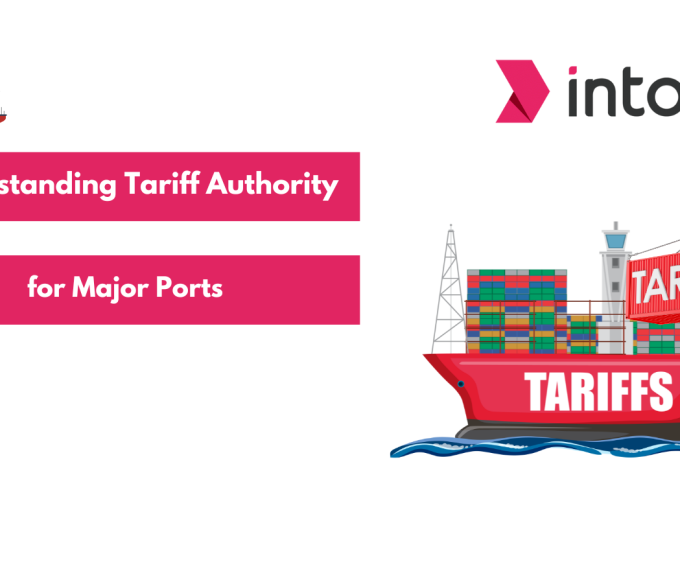
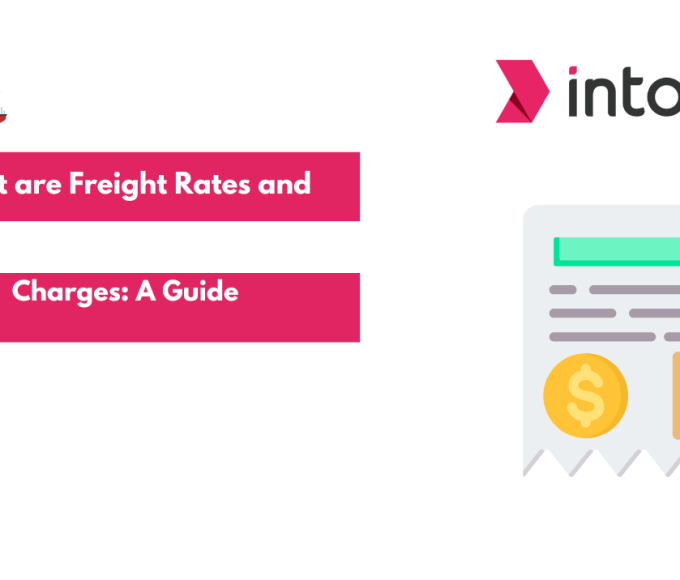
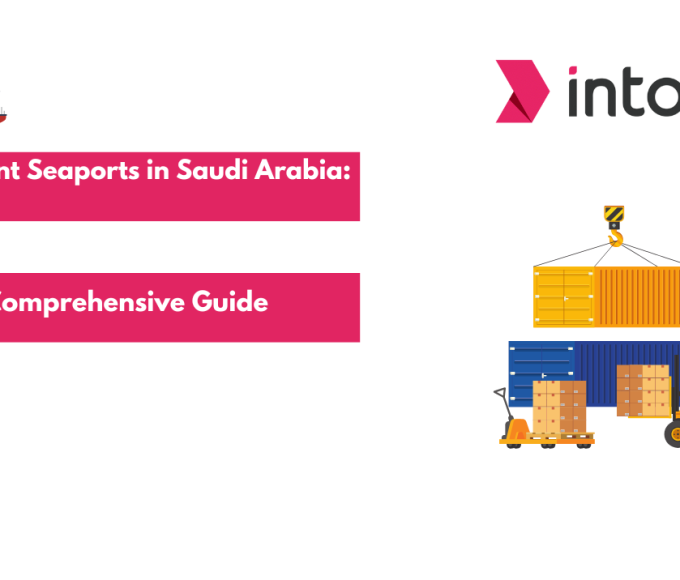

Leave a comment